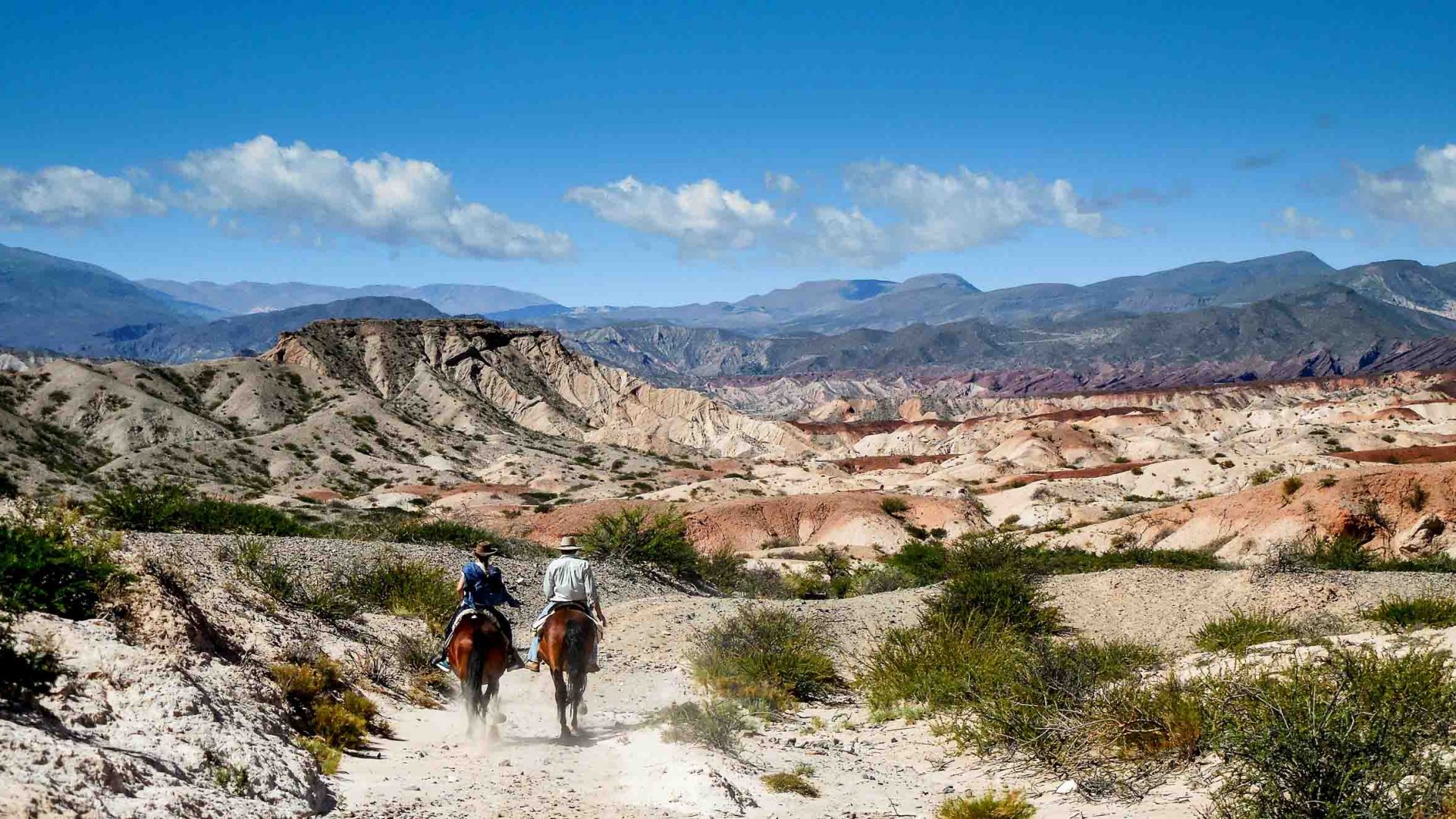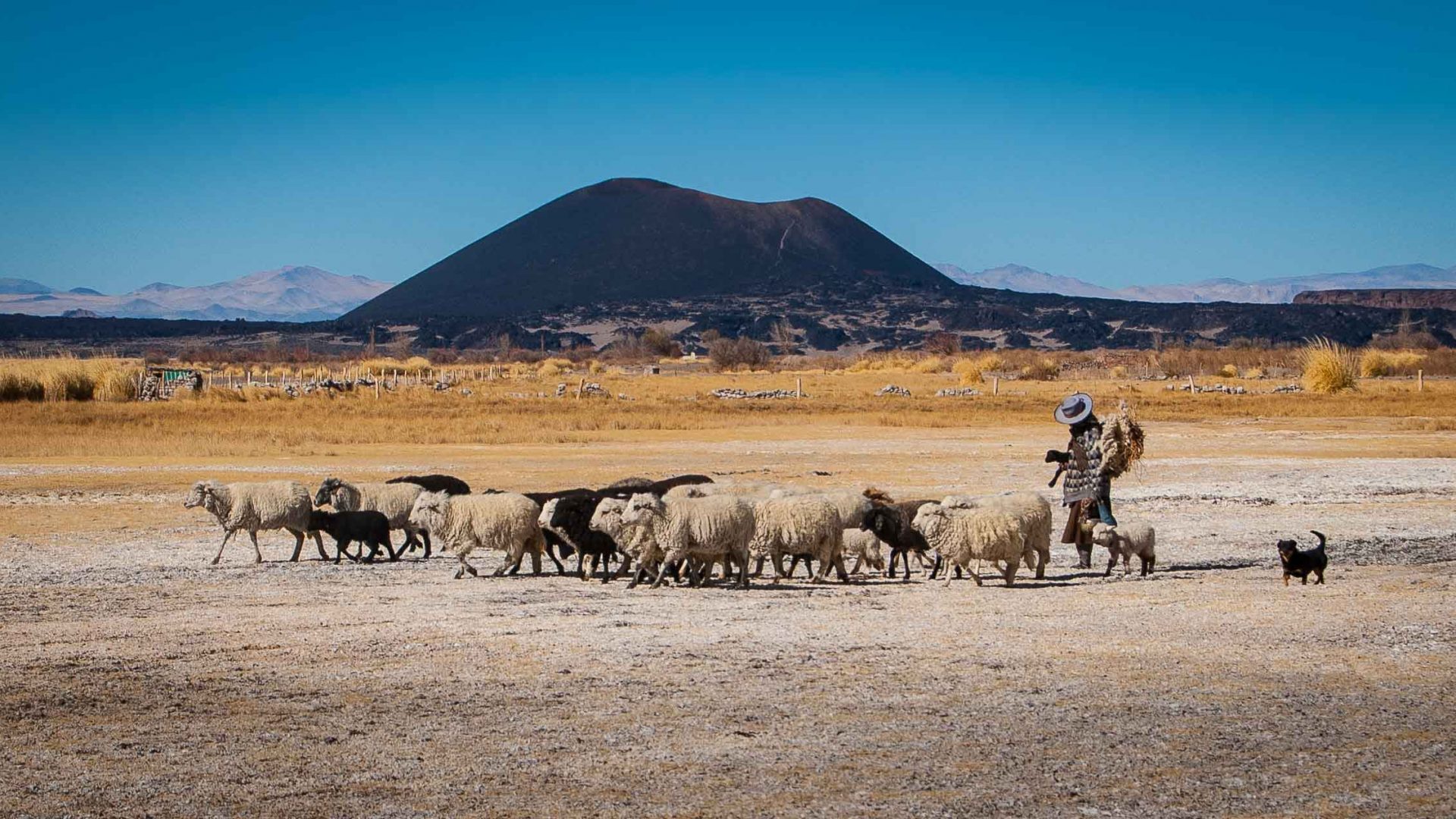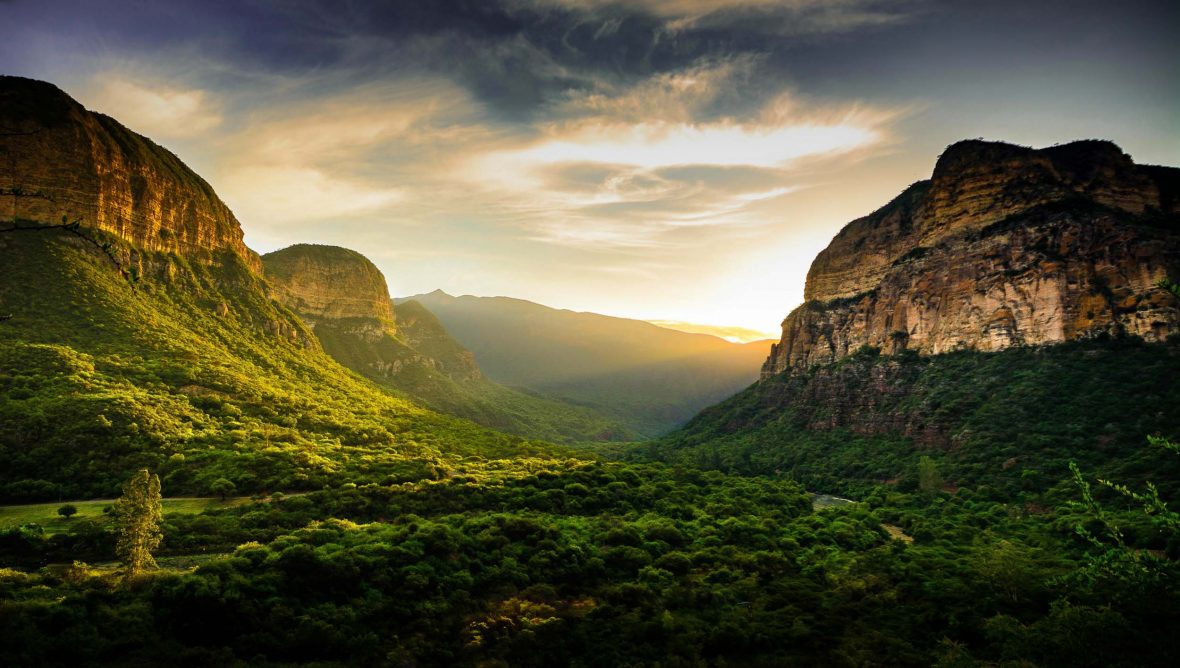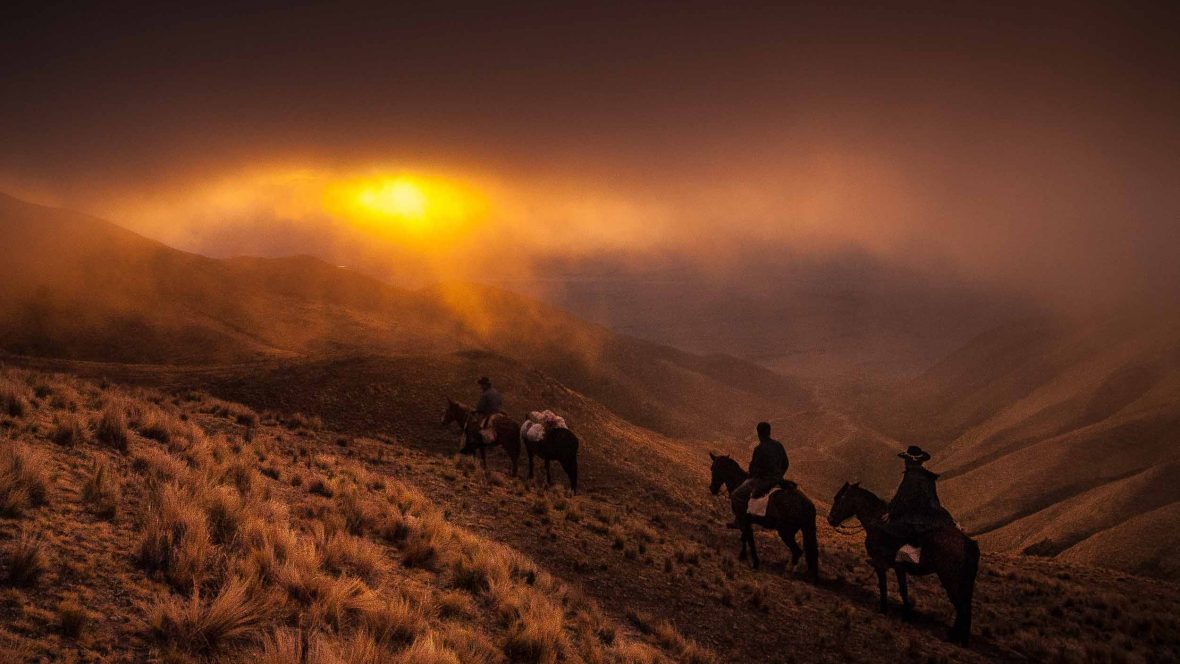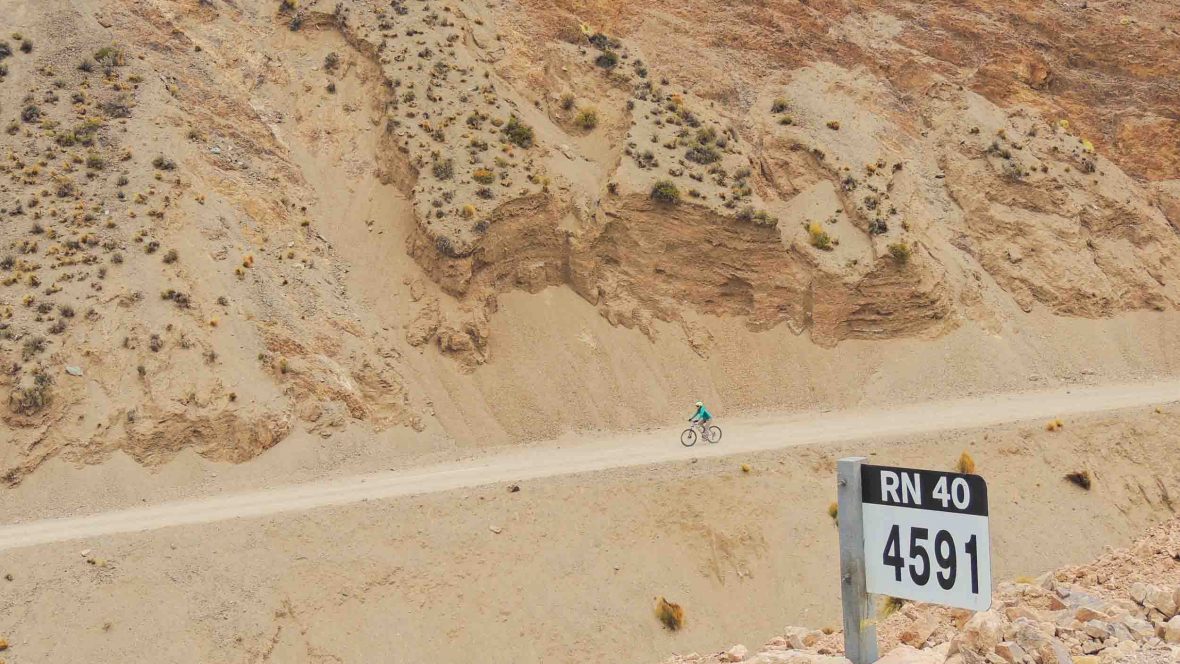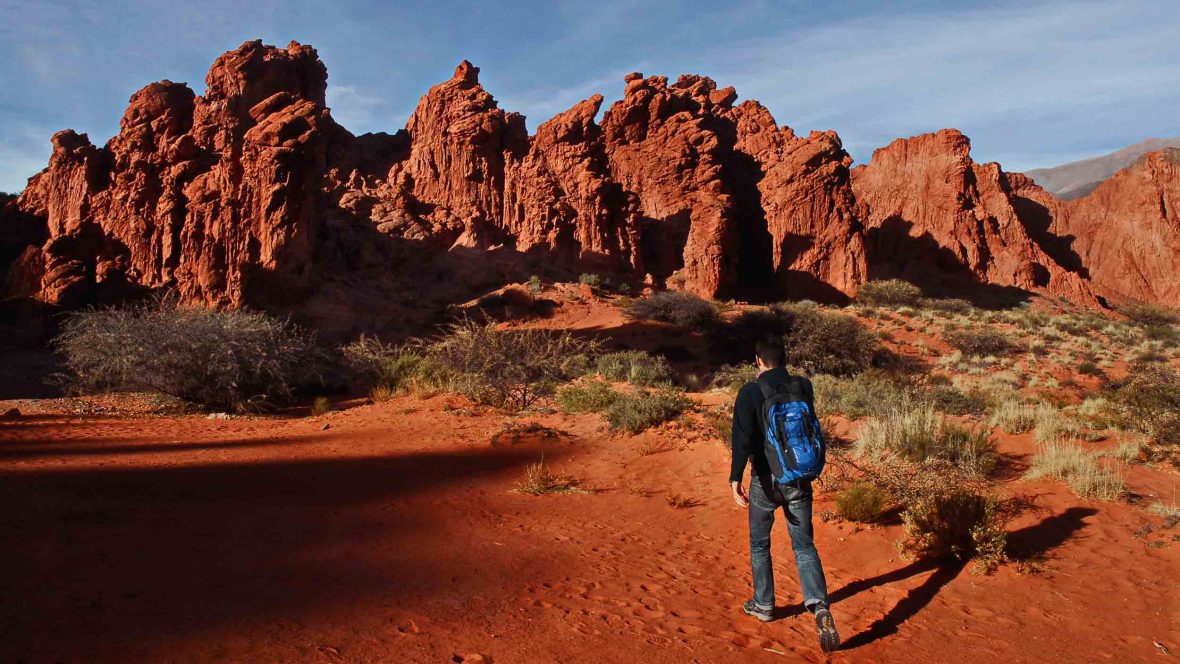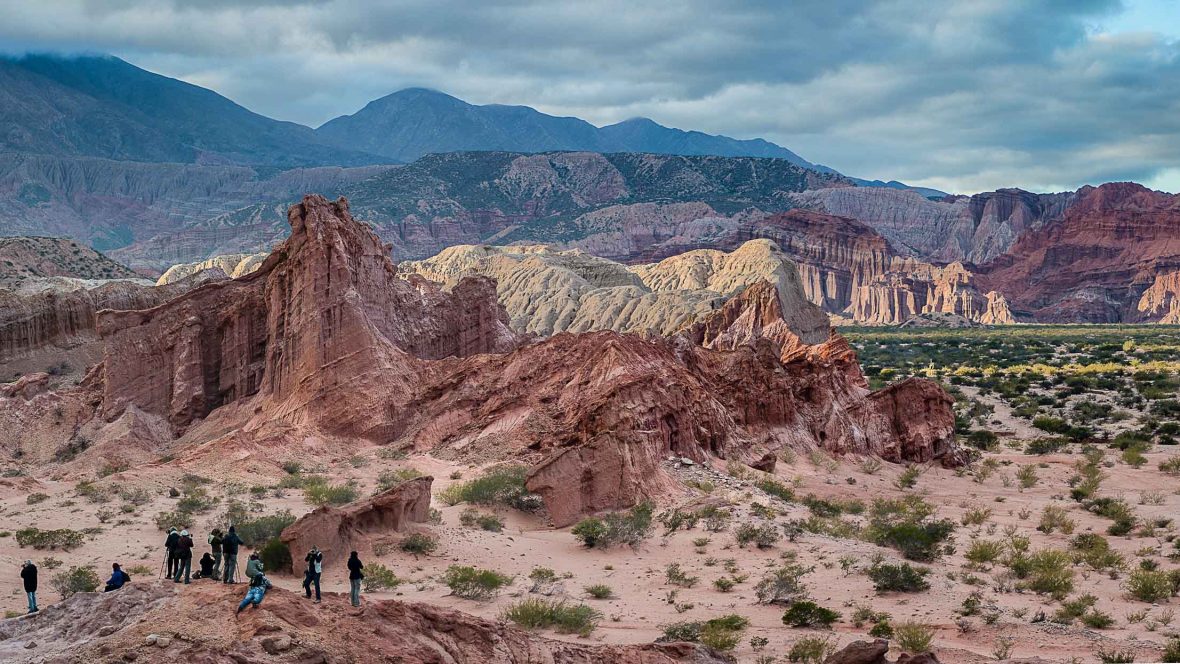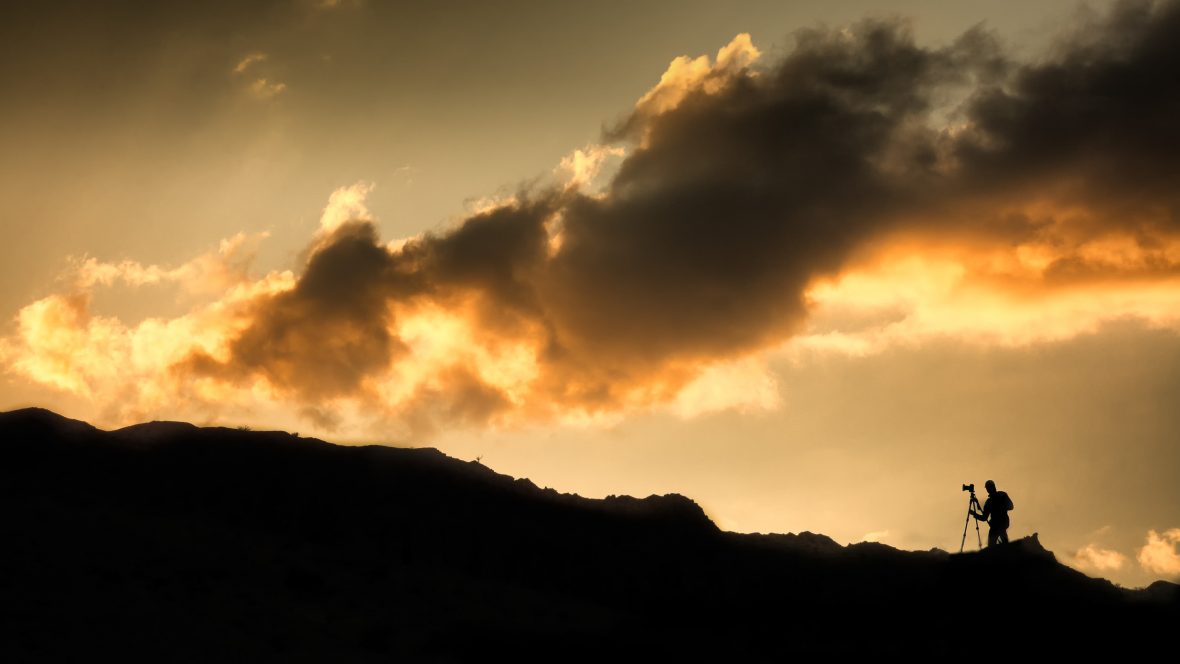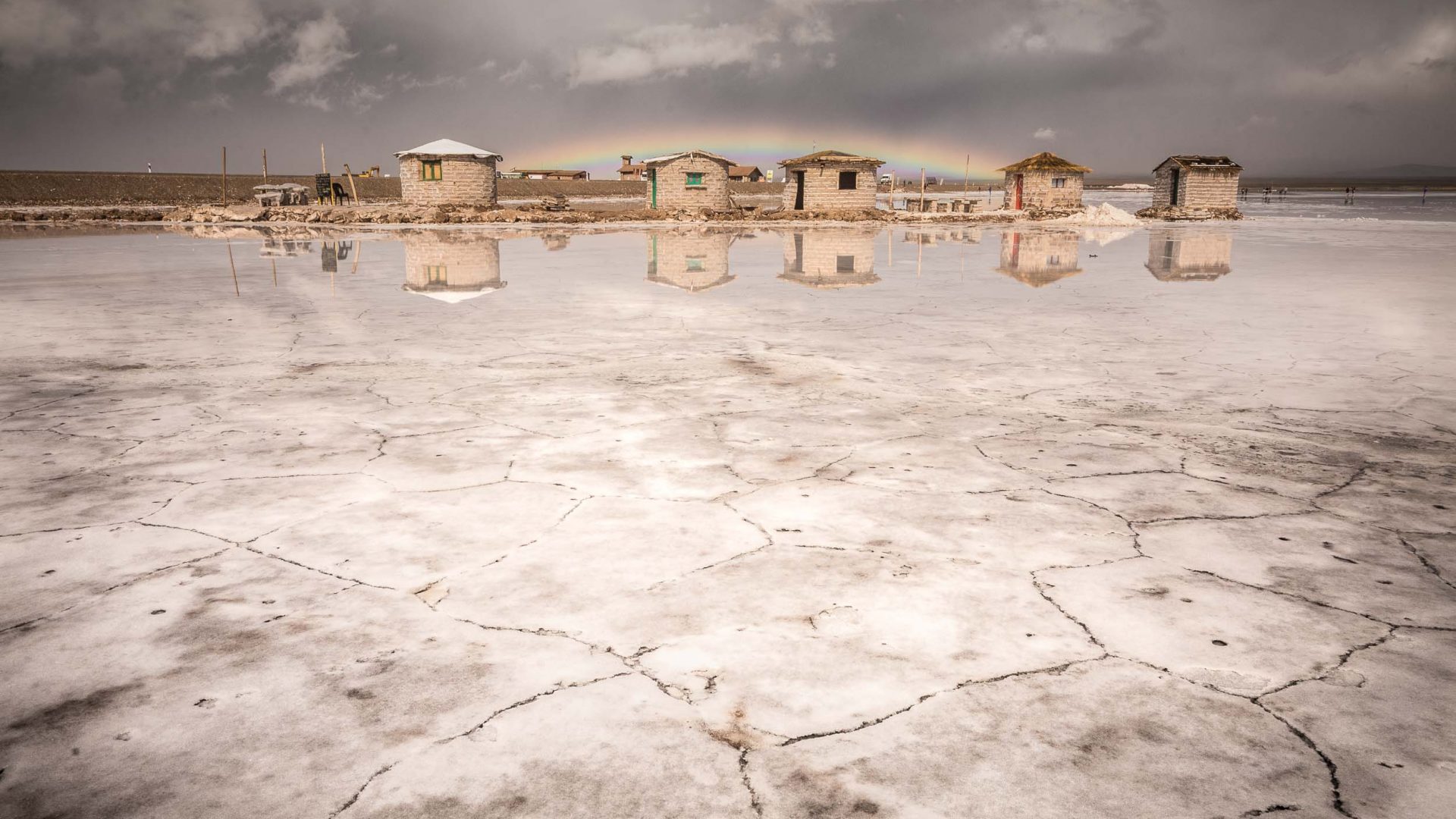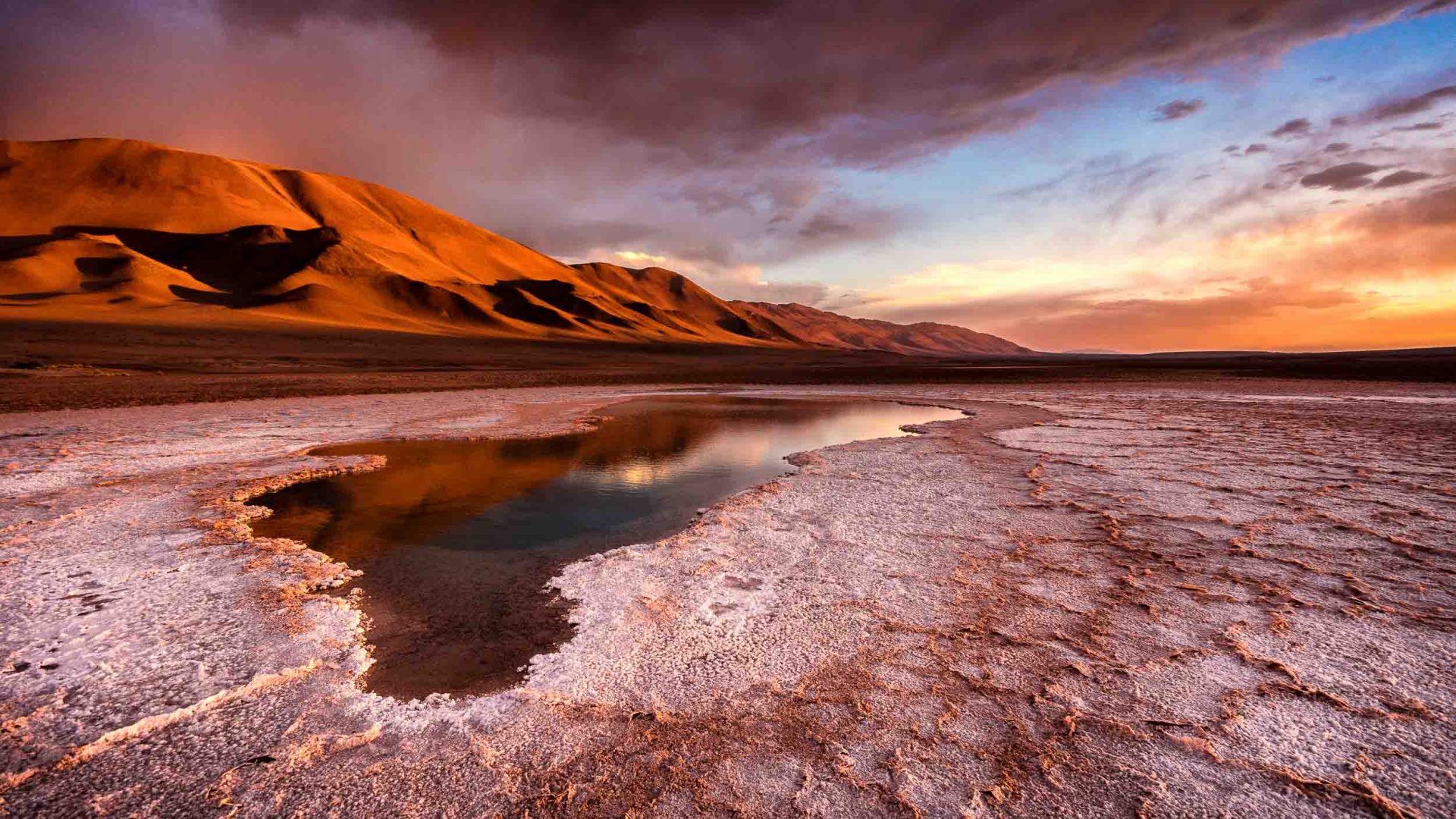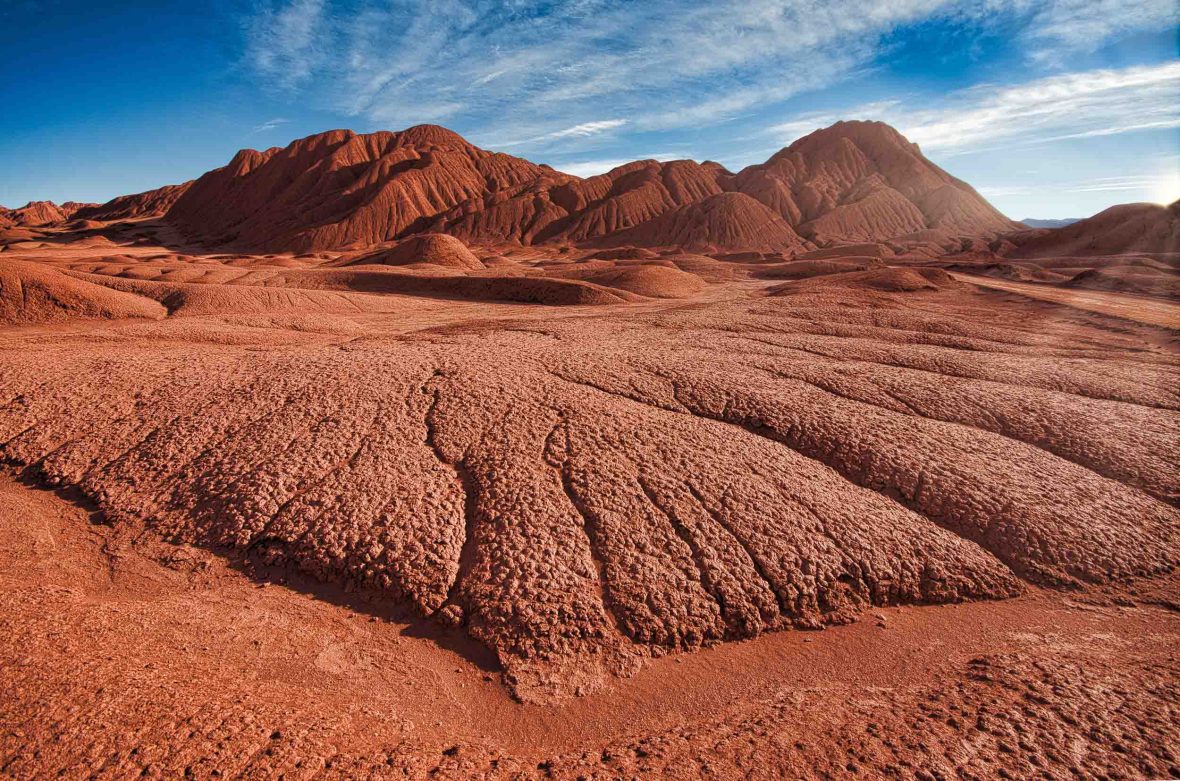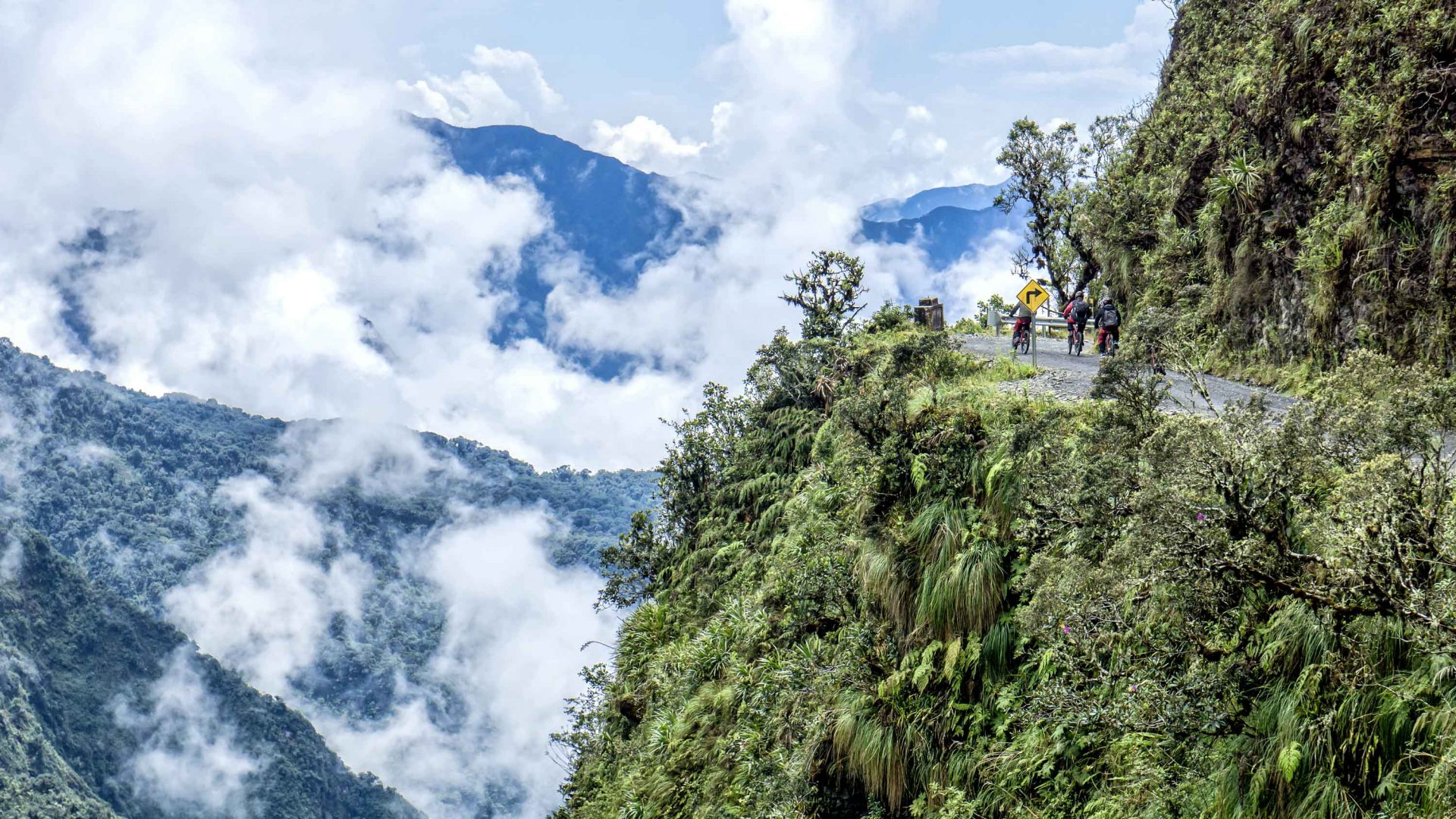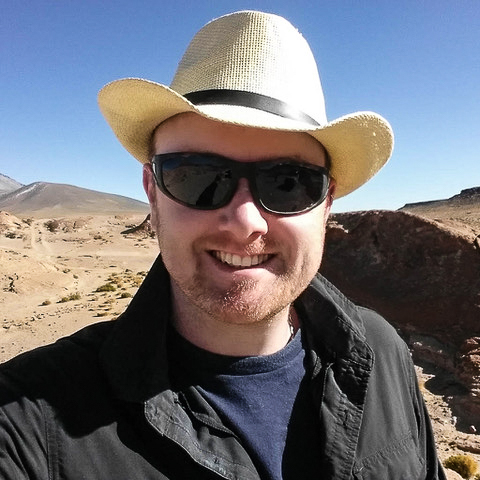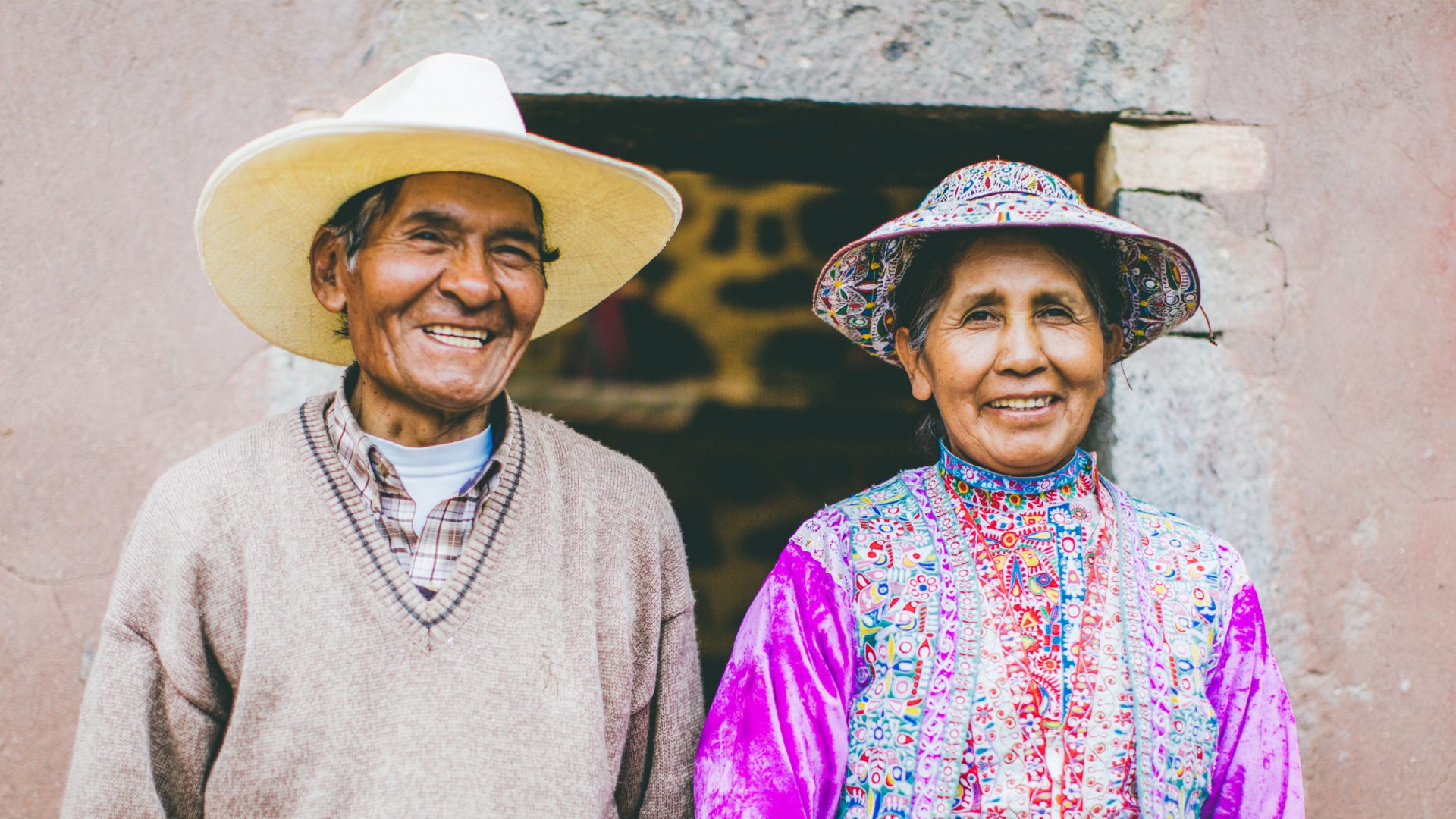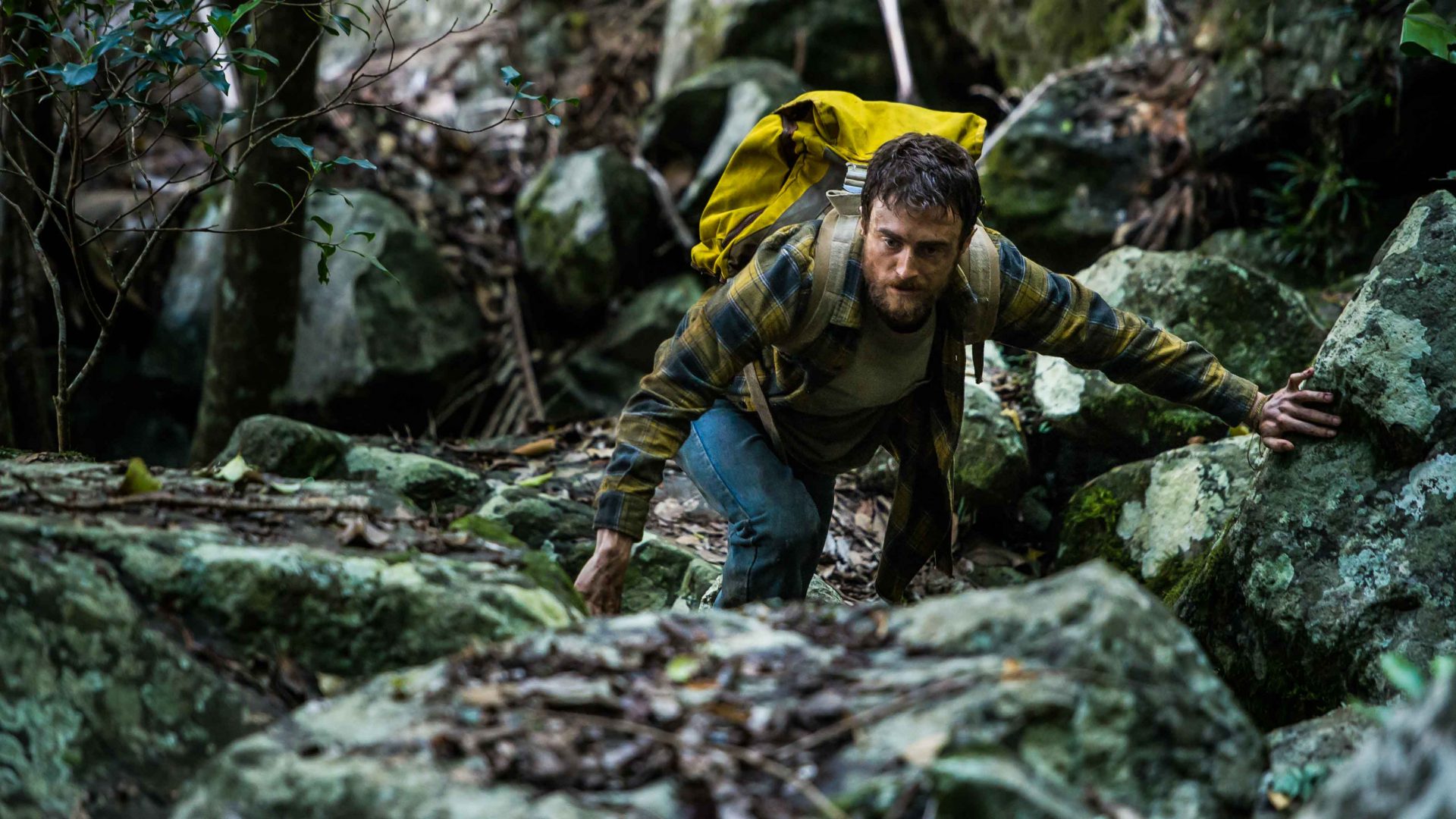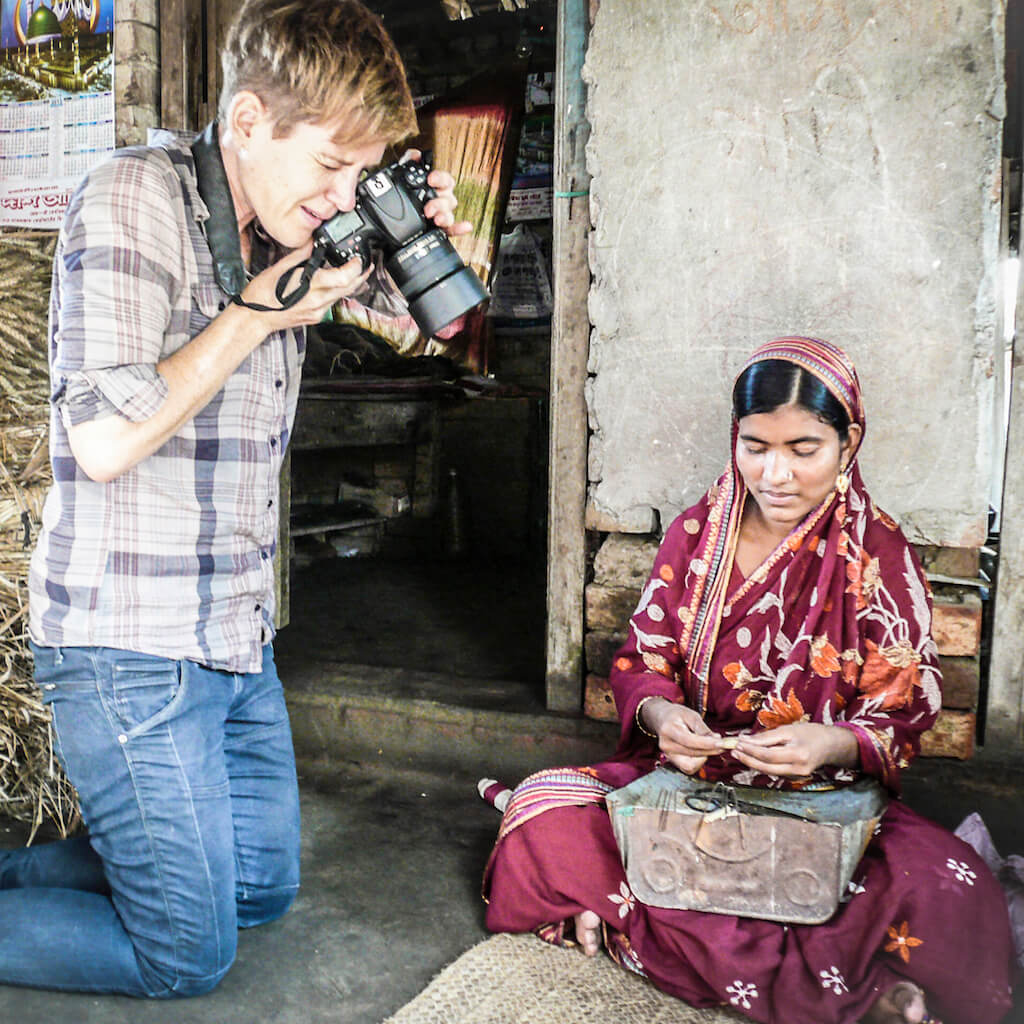Year-round good weather and a host of unbelievable landscapes are turning Salta, in Argentina’s northwest, into the country’s next adventure frontier. But is the region ready for an influx of international tourists?
A bright-blue 1928 Ford ‘Model A’ Phaeton blares along Route 40 from San Miguel de Tucumàn toward the colonial city of Salta in northwest Argentina. I’m in the back. At the wheel is Perkins, my driver and guide—whose real name is Cristián.
I’ve got my poncho on and my ‘queen’s wave’ down. Riding along the route that traverses the length of western Argentina alongside the Andes, our vintage two-car parade becomes the main attraction; a traffic-stopper that makes everyone pull out their phones for photos. My fame could easily get to my head. Instead, the wind gets blown into my bones.
By the time we make it to Estancia Las Carreras, a historic Jesuit estate and our first stop on this three-day antique car adventure, I feel so windblown that I skip the horseback ride. Instead, I defrost by the fireplace and munch on taif, a Manchego-style cheese made at the estancia with cow instead of sheep milk from a recipe that’s been passed down over nine generations.
Though it does get cold in the northwest—especially when you’re riding in an open-top car with no windbreaker—the region is blessed with agreeable weather most of the time. The province of Salta, sharing its name with the colonial city, straddles the Tropic of Capricorn and as a result, the entire northwest is mostly mild and dry, except for the humid jungles of the Yungas.
RELATED: Can Vietnam reinvent itself as an adventure destination?
And that’s part of Salta’s appeal. Down south in Patagonia, Argentina’s original adventure hub, the season is comparatively short, running from October to April. Up here in the northwest, you can visit any time of year. That—and a number of other drawcards—are turning the region into Argentina’s next adventure frontier.
The northwest may have one up on Patagonia weather-wise, but it also beats the south in terms of cultural complexity. Patagonia is a land of ‘new’ immigrants—preceded by a handful of nomadic communities, European settlement started in the 1800s. Meanwhile, the northwest is infused by centuries-old Andean heritage, with stirrings of Inca culture and Spanish colonial traditions from the 1500s, and it’s this fusion that has left a deep mark on the cultural tapestry of northwest Argentina.
One of their trips, Salt & Wine, takes in the region’s highlights while 4×4 overlanding, hiking and biking; including walking the ancient paths in Quebrada de Humahuaca, a narrow mountainous valley listed by UNESCO as a World Heritage Site. Flanked by the high Andean plateau known as the puna, the Quebrada sits along an Inca route that’s been used for 10,000 years as a passage from the plateau to the plains.
This trip also visits Calchaquí, a string of valleys spanning three northwestern provinces including Salta. Southwest of Salta city, it’s home to the highest vineyards in the world where the star varietal is the fruity torrontes, cultivated at dizzying altitudes upwards of 7,000 feet (2,133 meters).
You can while away days touring these sky-high wineries—there are more than 35 along the wine route—but the northwest lures with a promise of adventure that’s best tackled sober. Rich pickings include anything from hiking, horseback riding, cycling and rafting to kayaking, canopy tours, birdwatching and jungle treks.
It’s a place where you can get to know the local culture at the same time. Bike from the highest point on Route 40 at Abra del Acay (16,312 feet/4971 meters) descending 6000 feet (1,828 meters) and you’ll pass many-hued mountains and sinuous ravines, home to grazing goats and llamas, and through scenic hamlets that are home to indigenous Andean people. Other majestic views can be found at the remote Salinas Grandes, Argentina’s largest salt pan at 3,450 meters (11,320 feet) above sea level, and the spellbinding Salar de Arizaro salt flats bordering Chile.
RELATED: Conquering the world’s most dangerous road (on a mountain bike)
You can also trek to the highest archeological site in the world on the summit of Llulaillaco volcano (6,739 meters/22,110 foot), where three miraculously preserved child mummies from the Inca period were discovered in 1999; see them on display at Salta’s Museum of High Altitude Archaeology/MAAM.
Fernando Escudero, a tourism consultant and founder of Auténtica Salta, a boutique tour operator specializing in the northwest of Argentina, was instrumental in making the Summit happen. Though infectiously passionate about the region, he’s also vocal about the challenges: “We need to make sure we’re developing tourism that has legs, and will benefit the local people and communities for the long term.”
To achieve this, companies such as Adventure & Landscape are supporting grassroots projects in remote areas, with cultural encounters woven into itineraries. “On our trips, learning from the locals is a big part of the experience,” says Ana Figueroa.
While tourism in Patagonia works like a well-oiled machine, up northwest it resembles a rusty old engine, a little like our 1928 Ford ‘Model A’ Phaeton chugging along Route 40 toward Salta. The service isn’t always up to snuff, but the region’s wild and untapped beauty offers that elusive sense of discovery—the unearthing of a new South American frontier?
